Atopic dermatitis in children, how will you deal with it?
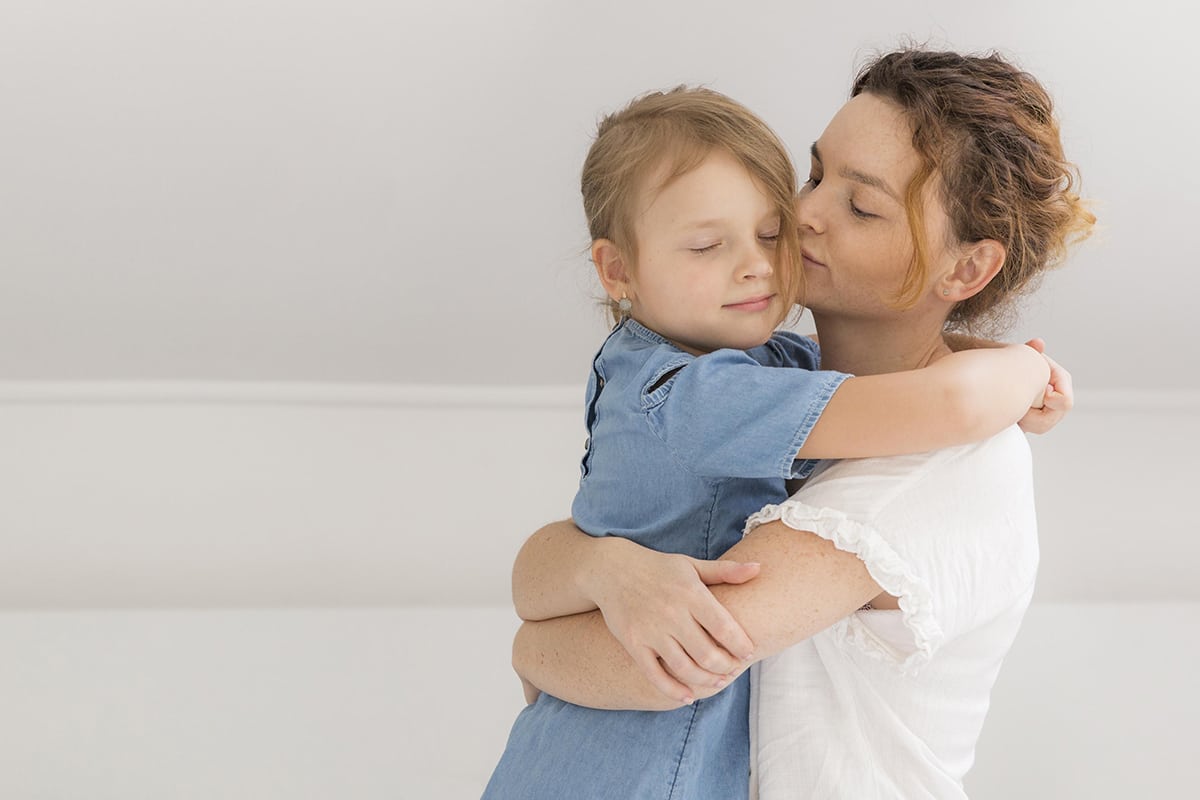
Atopic dermatitis is a chronic skin condition. Causes dry skin with the main symptom being itching (itching) and redness. It is a common condition in babies and children. The incidence of the disease is important mainly because the itching is excruciating, the quality of life is reduced and sleep is affected. It is not a contagious disease.
Atopic dermatitis usually occurs when a child is under 5 years old and often the first time is between 3 and 6 months. The skin of young children, and especially babies, is more sensitive to the environmental conditions that can trigger atopic dermatitis. However, although rare, the disease can occur at any age.
Atopic dermatitis is often referred to as atopic eczema– it is a form of eczema. The term eczema is used to describe lesions in the upper layer of the skin such as redness, dryness, flaking and a rash. The word “atopic” or “atopy” refers to diseases caused by allergic reactions. In the case of atopic dermatitis, the blood test usually shows an increased number of eosinophils – it is considered a skin disease of allergic etiology.
In the United States, the incidence of the disease is about 10%, in both adults and children. Its development is more serious and persistent when it manifests itself early in life. Most children with atopic eczema improve as they grow older (75% are harmless during adolescence). In Greece, atopic dermatitis subsides in a large percentage of children after the age of 3-4 years.
Table of Contents
The causes
The exact cause of the disease is unknown. Inflammation is caused by the presence of too many inflammatory cells in the skin. There is also evidence that people with the disease have a reduced skin barrier and, consequently, drier skin. The skin in atopic dermatitis is more prone to water loss and the entry of irritating chemicals into the environment. These seem to lead to itchy and reddened skin.
Genes play a role (skin problem is inherited from parents), the immune system (when the immune system is not fully developed may be related to dermatitis) and external factors (weather, temperature, use of hot water, use of soap, etc.). A child is more likely to develop atopic dermatitis if there are other family members with the disease and if they have allergies (to pollen, pets, etc.).
What are the symptoms?
All types of eczema cause itching and redness but atopic dermatitis is the most severe and chronic type. Symptoms vary widely from person to person and include:
- Itching, which can be severe, especially at night.
- Red, brown and gray spots, especially on the hands, feet, ankles, wrists, neck, chest, eyelids, inside the lock of elbows and knees.
- Rash which becomes more intense with scratching.
- Rough, cracked, dry skin.
- Sensitive, edematous skin due to scratching.
In infants and young children, atopic dermatitis usually starts on the face or elbows and knees, parts of the body that are easy to scratch, scratch and rub. In older children, it occurs on the folds of the elbows, arms or knees. Rash or redness behind a child’s ears, legs or scalp can also be a sign of atopic dermatitis.
Babies with these symptoms may have trouble sleeping due to itching and may also develop scratching skin infections. Symptoms often persist into adolescence and adulthood. For some people, there are flares at regular intervals and then subside for a while, maybe even years.
Factors that can aggravate the symptoms are dry skin (which can result from hot baths or long-term showers), scratching, microbial contamination, various irritating chemicals (detergents, bleach, soaps, etc.), moisture , dust, pollen, air pollution, sweat, heat, intense exercise, wool and synthetic clothing and food allergies of coexisting children.
Many people with atopic dermatitis can become infected with microorganisms present in the skin – Staphylococcus aureus is the most common cause of the problem. Bacteria multiply rapidly when the skin has sores or injuries in the presence of fluid from inflammation and scratching.
Simple viral infections, such as the common cold, can lead to an outbreak of atopic dermatitis in the winter.
How is it treated?
In case there are complications from bacterial infections (eg staph), giving the skin a picture of intense inflammation with a yellowish tinge and pus, a treatment is necessary.
There is no radical cure for atopic dermatitis. But patients can avoid the factors that make it worse or trigger it.
Thorough and daily skin care is the cornerstone of maintaining recession. Bathing daily, for a few minutes, in warm (never hot) water helps to cleanse your baby’s skin and prevent a possible infection. Your child’s bath should take about 5-10 minutes. Do not use a sponge and do not rub its skin vigorously. Wipe it “swabbed” to avoid friction. Use only cotton clothes for your child and avoid dressing him with wool or synthetics. Keep your child’s fingernails close because this reduces the chance of scratching the skin. For prevention, it helps to avoid hard soaps and other irritants as well as the various factors that can affect the symptoms (mentioned above).
The treatment is based on good hydration of the skin which is also a way of prevention. Hydration improves the function of the skin barrier [1]. Healthy skin inflames less often and provides a better barrier against allergens and irritants. For better hydration of the skin, give your child to drink enough water.
Dermocosmetic treatment is important because of the hydration it provides to the skin and the replacement of missing elements (eg lipids, moisturizers, antimicrobial peptides). There are more or less specialized products on the market, each of which has a different position depending on the time of year, the type and the spot of the affected skin.
At Vita4you.gr you can find a wide variety of products for atopic dermatitis!
References
Disclaimer
The content of this blogspot is not and can not be considered as medical advice, diagnosis or treatment. All information is provided to readers solely for informational purposes. There is no intention to substitute this content for personalized medical advice, diagnosis, prognosis or treatment.


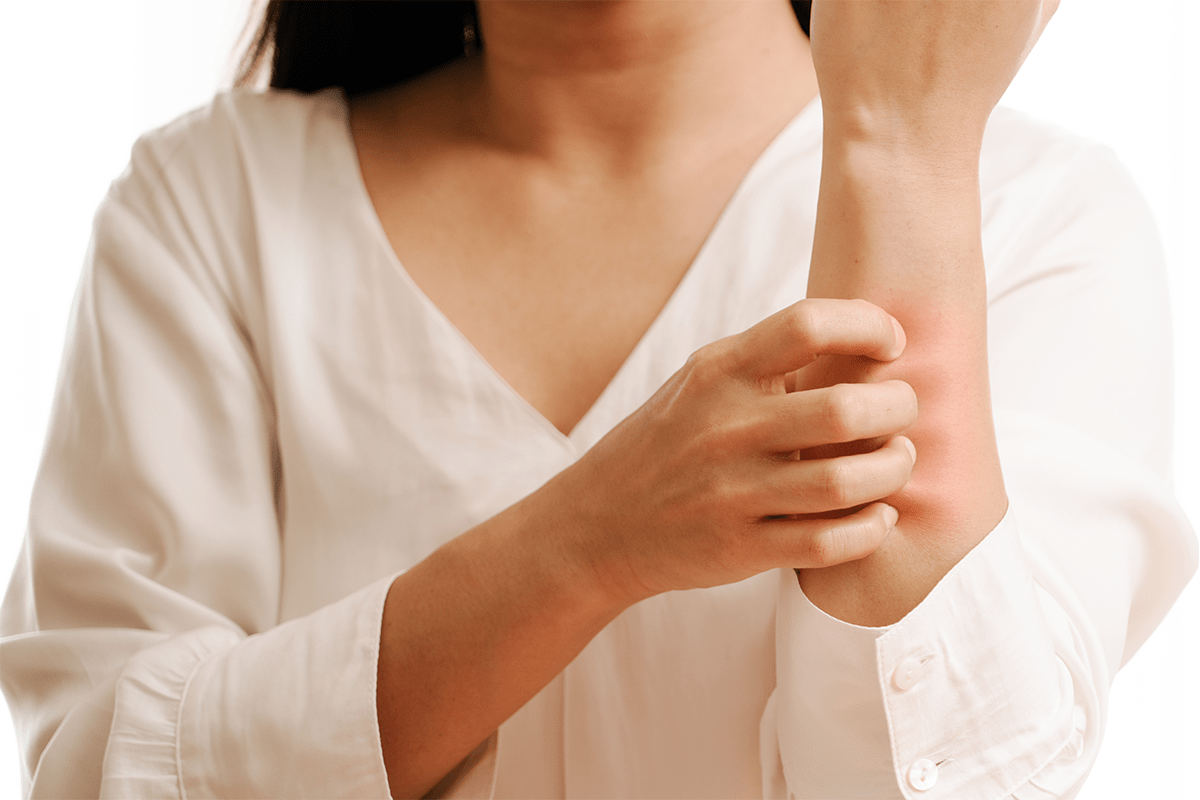
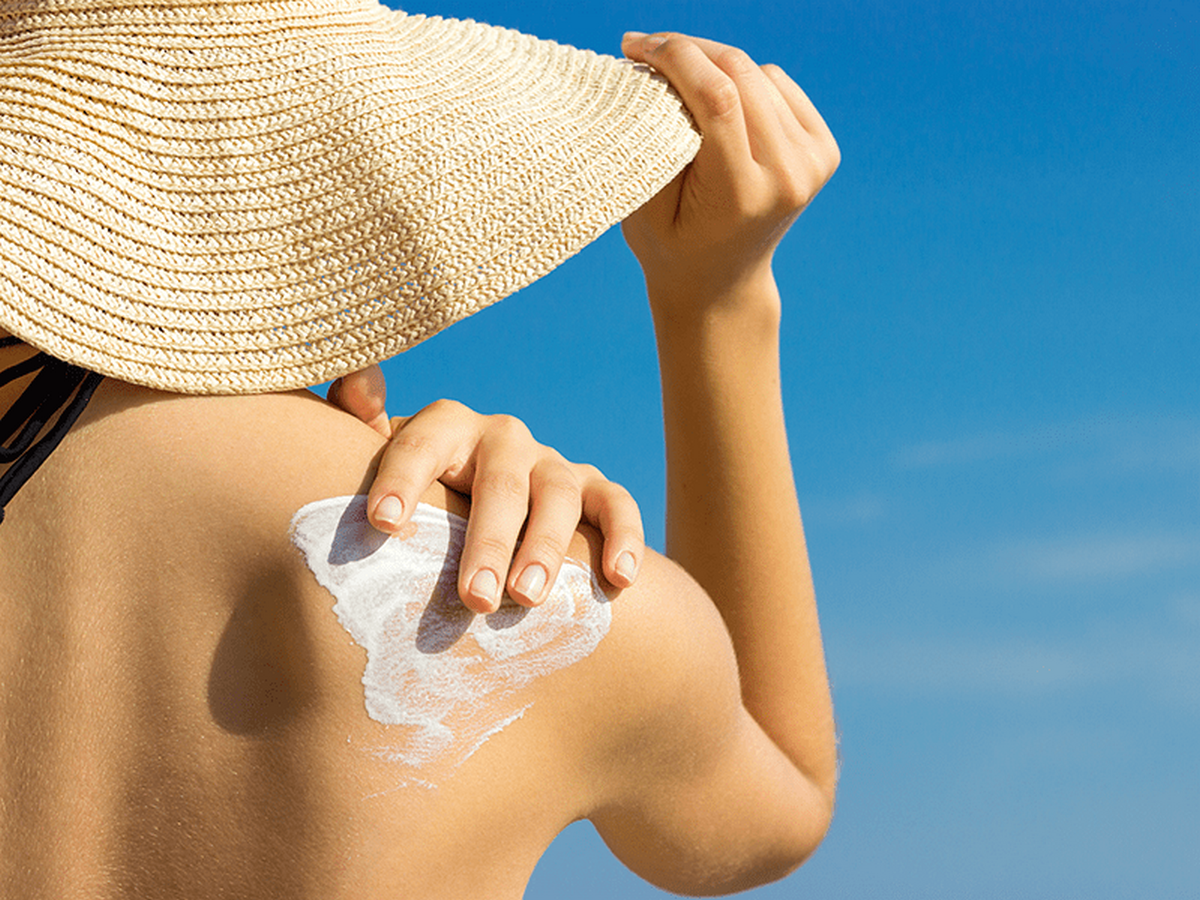

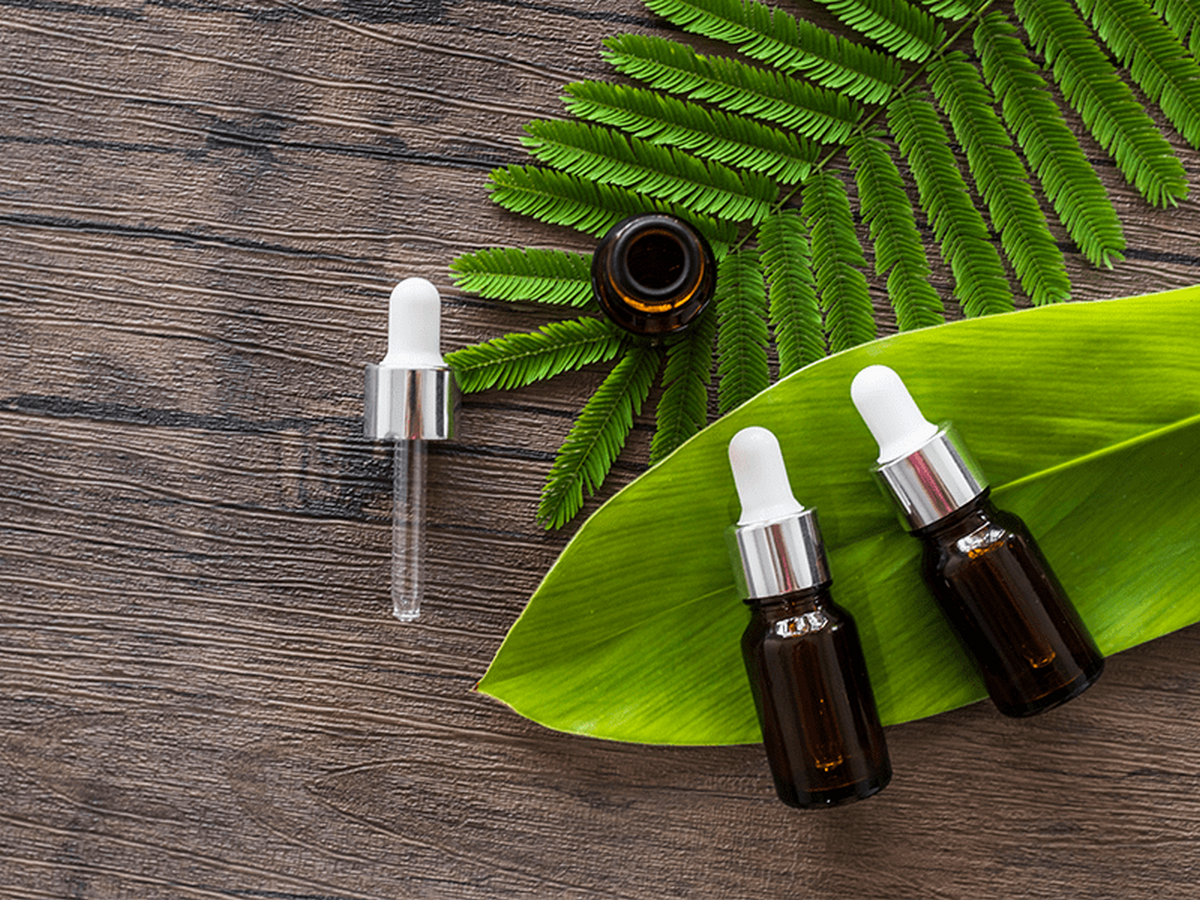


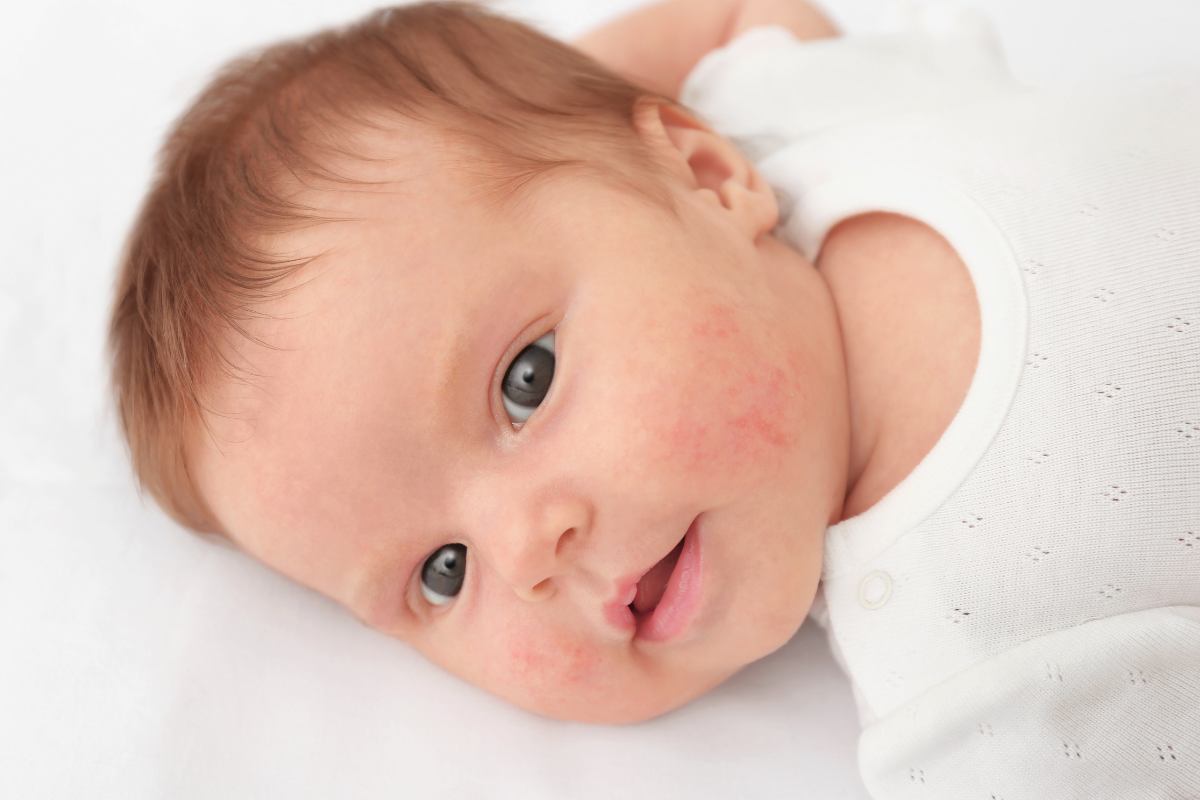
Leave a comment